1. Kolmanskop, Namibia
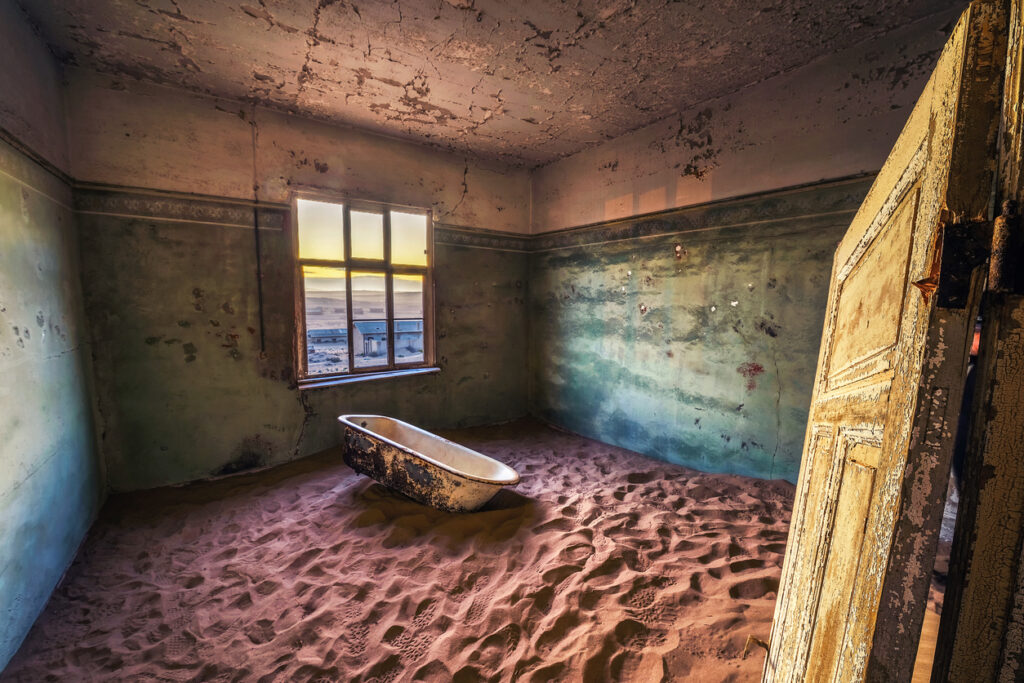
Surging into wealth when railway worker Zacharias Lwala discovered diamonds in 1908, Kolmanskop became a German-style boomtown complete with a hospital, ice factory, ballroom, tram line, and even the Southern Hemisphere’s first X-ray station, its grandeur was astounding. At its peak, it was among the world’s richest towns per capita, with streets buzzing from miners paying for goods in diamonds and children rolling in bowling alleys. But by the 1930s, richer diamond fields lured people away, and by 1956, Kolmanskop was abandoned, its elegant Edwardian homes slowly swallowed by dune after dune. Today, visitors walk through sand-filled rooms and eerie corridors, marveling at how desert sands reclaim human ambition in beautifully haunting fashion.
2. Rhyolite, Nevada
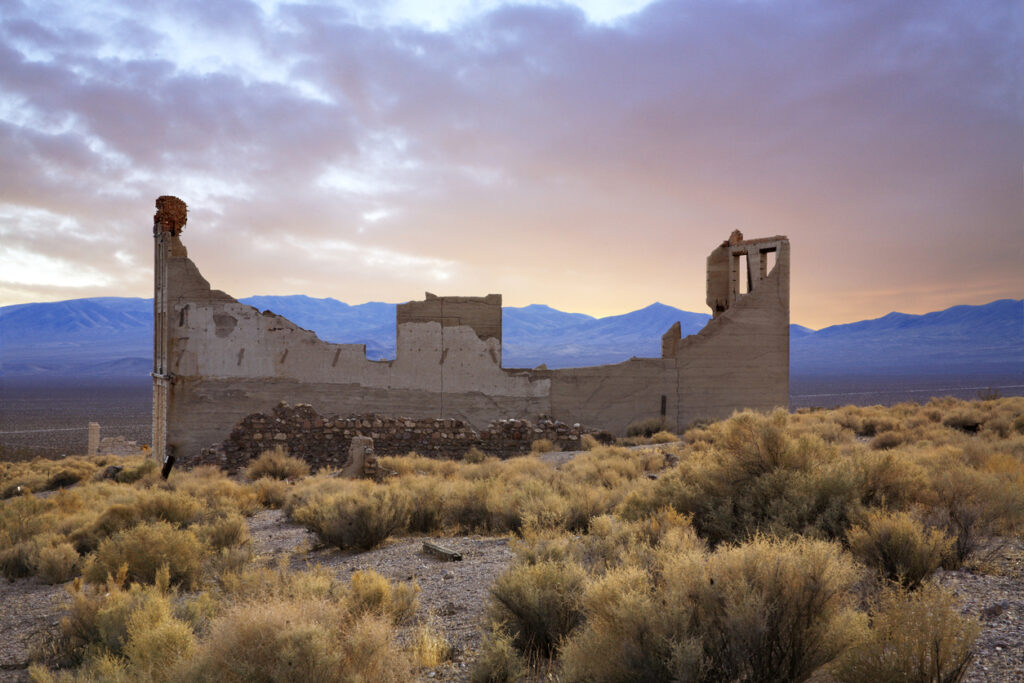
Sprung up in 1904 after a gold strike near Death Valley, Rhyolite exploded into a lively Wild West town with electric lights, its own stock exchange, a three-story bank, opera house, and even a jail built to accommodate criminals from surrounding regions. But when the gold rush faded around 1909, businesses shuttered and people left quickly, so quickly that the last train reportedly left by 1916. Now Rhyolite stands silent and skeletal, with ruins dotting the desert and rattlesnakes occasionally slithering among the shells of its former grandeur, a stark reminder of how fleeting fortunes can be.
3. Chinguetti, Mauritania
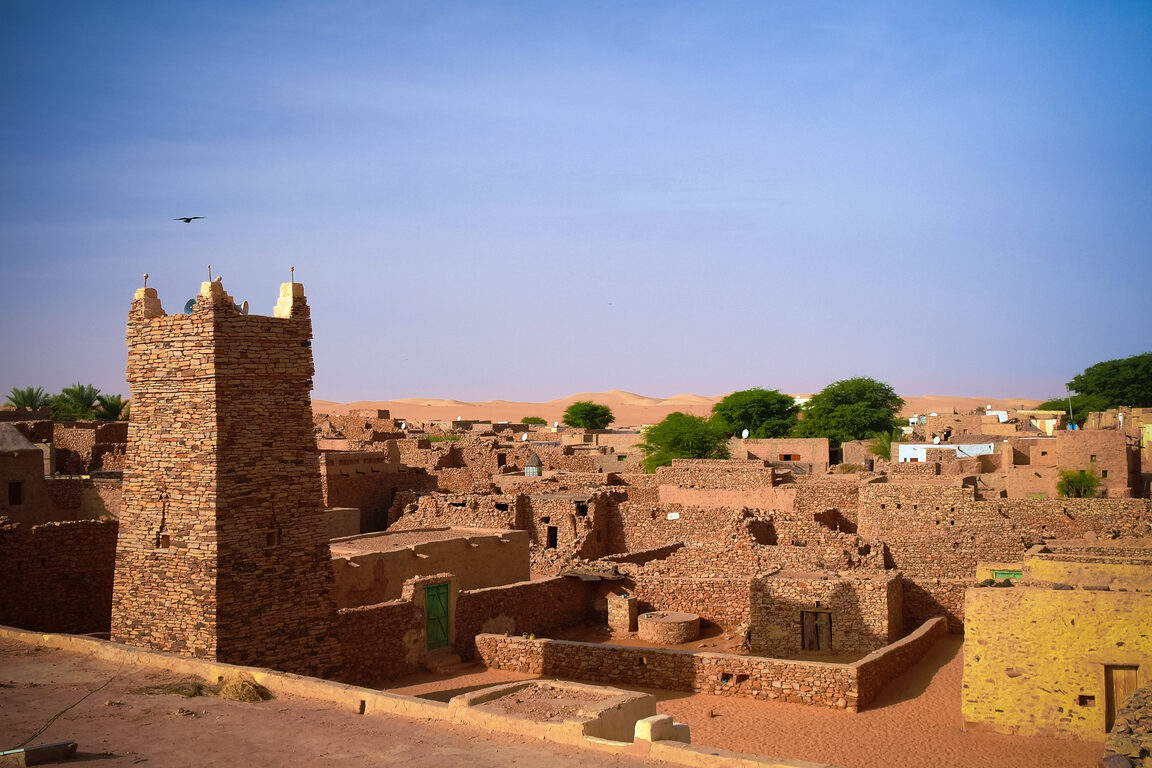
Founded in the 13th century as a key stop on the trans-Saharan trade routes, Chinguetti was celebrated as a center of Islamic learning, home to sacred libraries filled with truly ancient manuscripts. But over the centuries, relentless Saharan winds and advancing dunes have encroached on the town, burying homes and narrowing streets, with fewer natural barriers like vegetation to hold back the sand. Preservation efforts, such as planting trees, aim to slow the spread, but climate-driven desertification remains a formidable threat to Chinguetti’s cultural legacy and the physical survival of its ancient, mud-brick lanes.
4. Humberstone, Chile
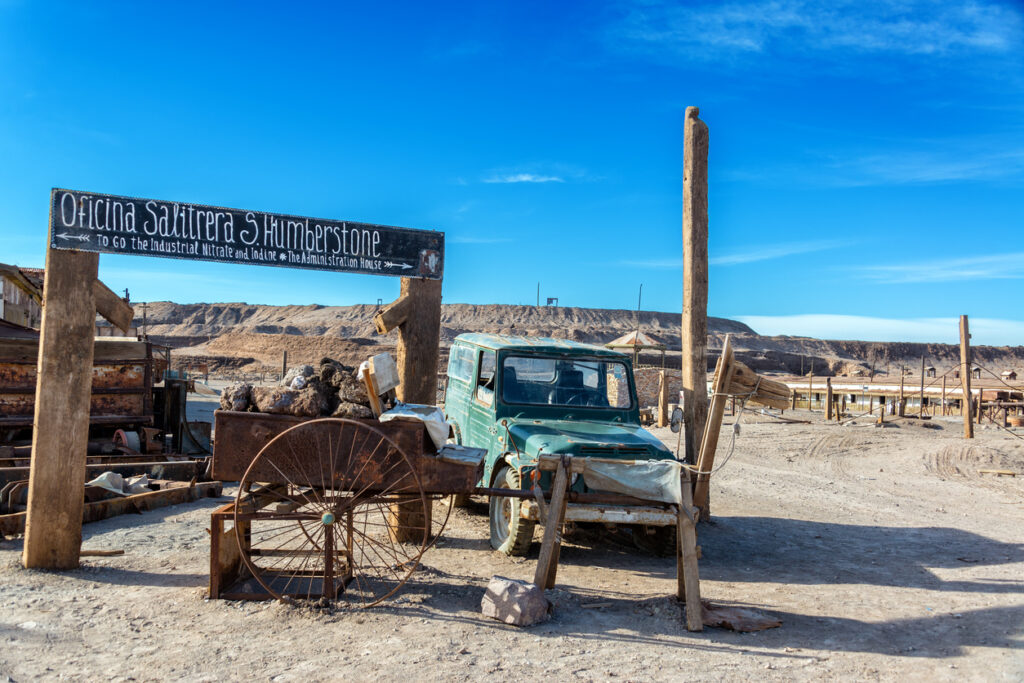
Originally known as La Palma when founded in 1872, Humberstone thrived in the Atacama Desert as a potassium nitrate, or “white gold”, mining hub. By the early 20th century, it had housing, schools, a hospital, theater, swimming pool, chapel, and even a bandstand, a full-fledged community built around a single extractive industry. But the rise of synthetic fertilizers and economic shifts after World War I spelled the downfall of natural nitrate mining. By the 1960s, workers had left, and Humberstone became a ghost town. Today, its well-preserved wooden buildings, peeling hospital walls, and silent theater sit frozen in time, designated a UNESCO World Heritage Site and a poignant testament to industrial heritage.
5. Pomona, Namibia
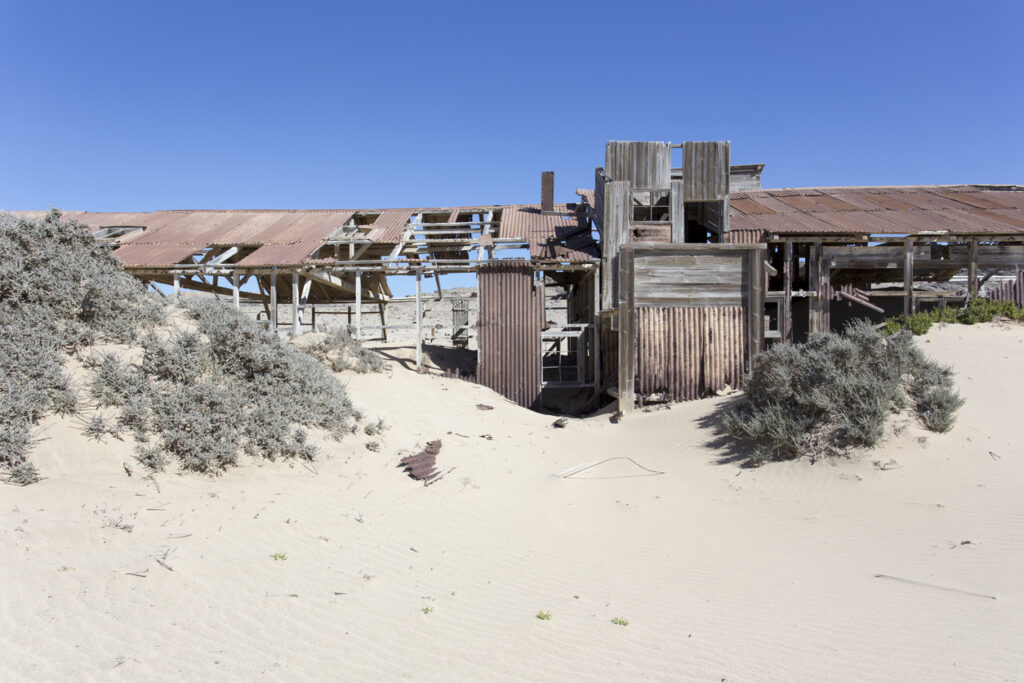
Nestled about 15 km south of Elizabeth Bay within Namibia’s Sperrgebiet, Pomona emerged during the early diamond rush. Between 1912 and 1914, the Pomona mine produced more than a million carats of diamonds, making it one of history’s richest diamond sites. Mining infrastructure included an electrified narrow-gauge railway linking Pomona to Kolmanskop and Bogenfels, powered from Lüderitz, though it was destroyed during World War I. As diamond yields dropped, residents moved on, leaving behind rusting machinery and decaying buildings, but the stark, windswept terrain remains. Pomona stands as a quiet sentinel to one of the desert’s most frenzied and lucrative gold, or rather, diamond, rushes.
6. Sewell, Chile
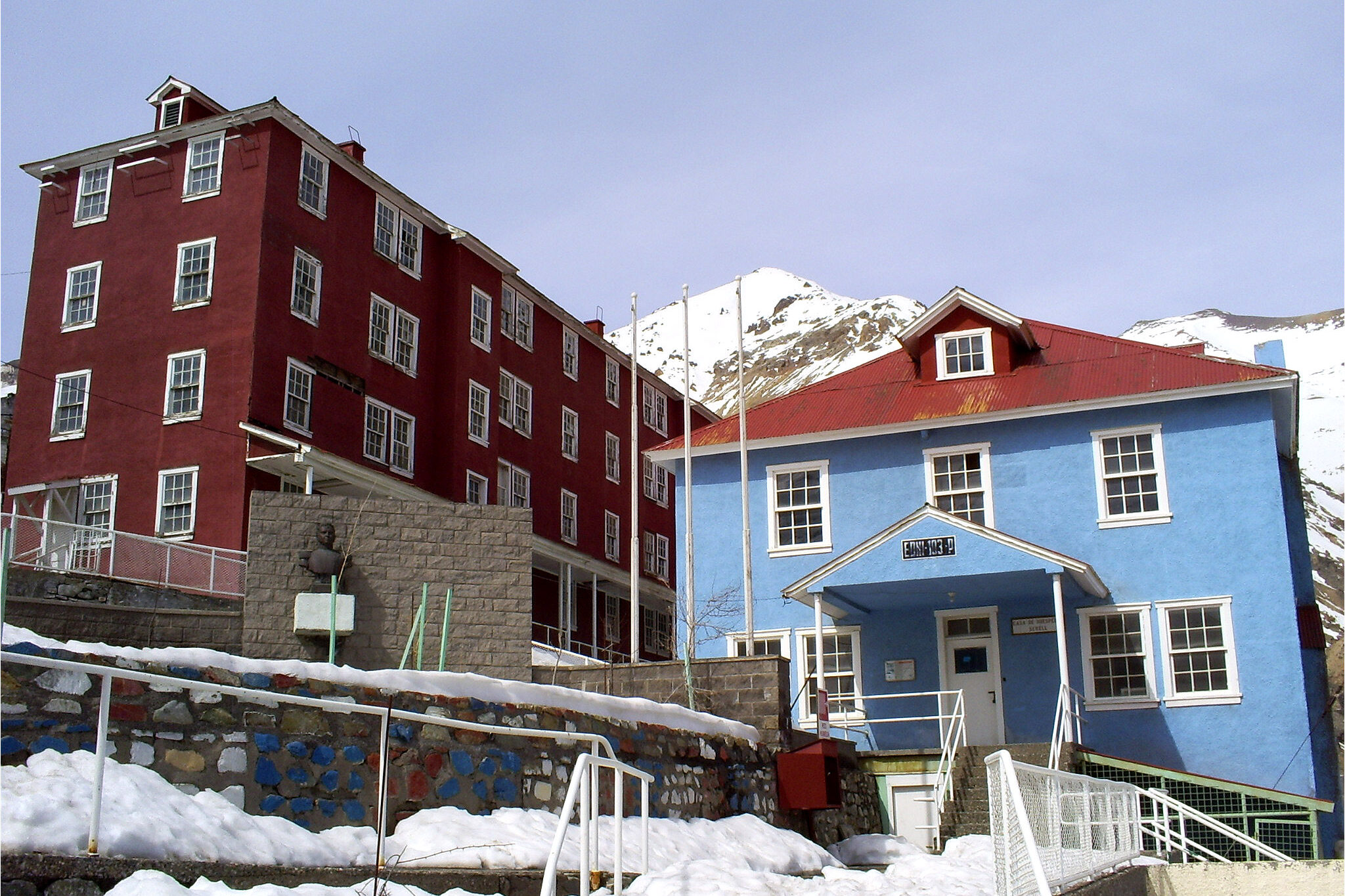
Perched high in the Andes, Sewell was founded in 1906 by the Braden Copper Company to house workers of the massive El Teniente copper mine. At its height around 1960, nearly 16,000 people lived crisscrossed by stairways, so many that Sewell earned the nickname “City of Staircases.” It had its own hospital, social club, movie theatre, and band of shared “colectivo” housing. When copper was nationalized in the 1970s, the government built new housing in the nearby valley and began moving families out. Thankfully, community advocacy saved much of the town. Today Sewell is a UNESCO World Heritage Site, with about 50 restored buildings and a museum offering a vivid window into its unique history.
7. Farina, Australia
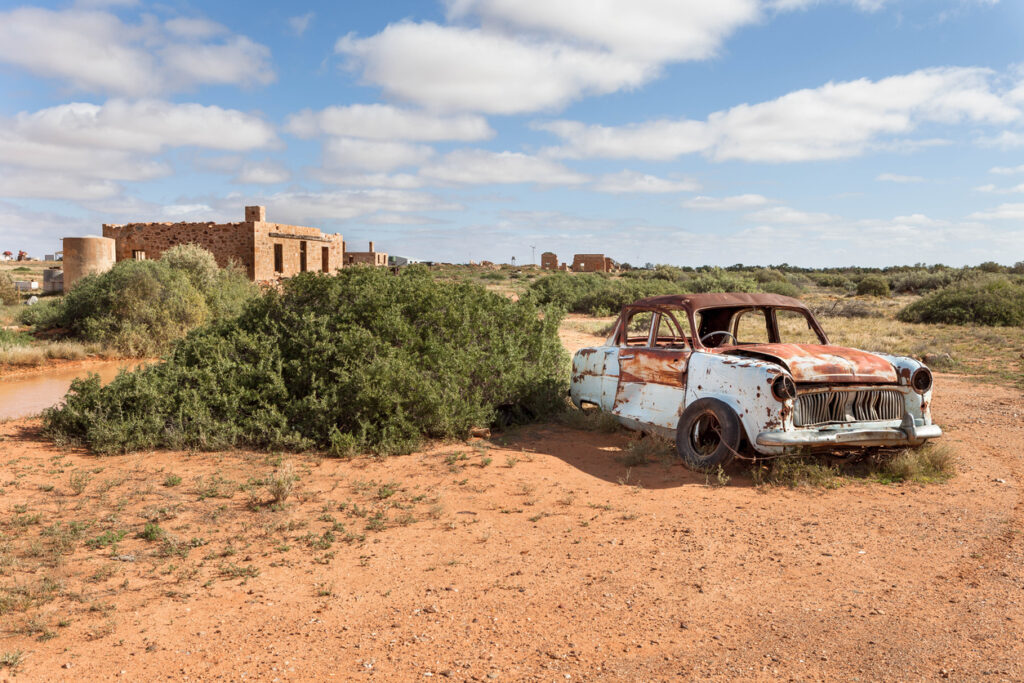
Once the bustling railhead called Government Gums, Farina was reborn in 1882 when a railway arrived, rebranding it “Farina,” Latin for flour. For a short while, locals hoped the rain-sodden land could sustain crops, but drought quickly dashed that dream. Instead, the town thrived temporarily as a transit point for sheep, cattle, and wool ? transport hub that faded when the railway extended north in 1884. The rail line’s closure in 1987 sealed its fate. Farina’s few remaining ruins sit alone beneath the Australian sky, a dusty memorial to Outback optimism and the fragility of frontier settlements.
8. Al Jazeera Al Hamra, UAE
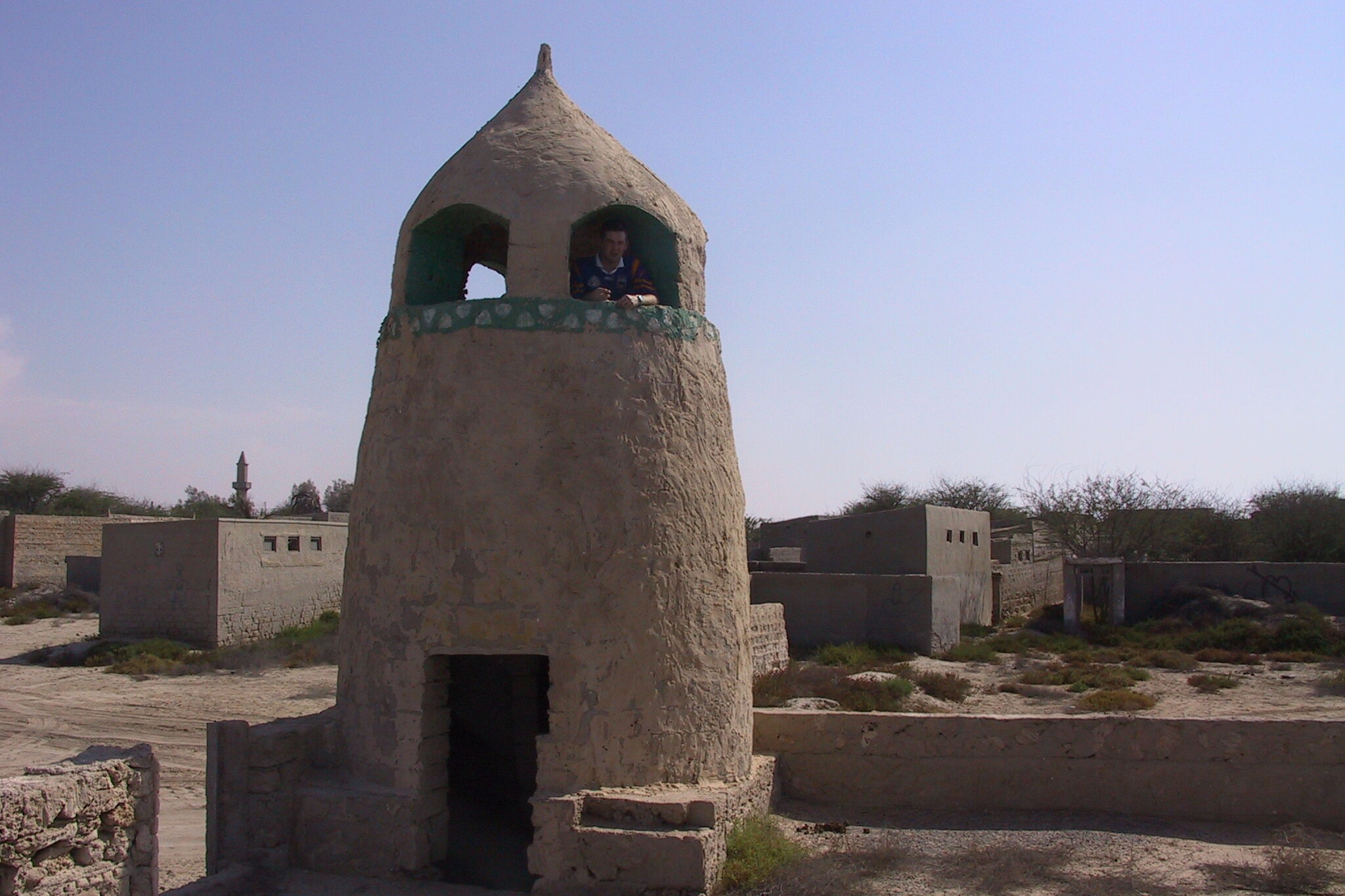
Once a thriving pearl-diving settlement of the Zaʿab tribe, Al Jazeera Al Hamra was gradually abandoned in the late 1960s and early 1970s as oil wealth beckoned urban life. Located south of Ras al-Khaimah, the village was built from sun-baked coral stones, coral layers, and palm fronds, housing mosques, market stalls, courtyard homes, wind towers, and a fort, all frozen intact in time. Local folklore whispers of jinn and ghostly presences, though many former residents credit its abandonment to land disputes and modernization more than the supernatural. Today, the site is protected for heritage conservation and even serves as a filming location, a rare and evocative glimpse into pre-oil Gulf life.
9. Fordlândia, Brazil
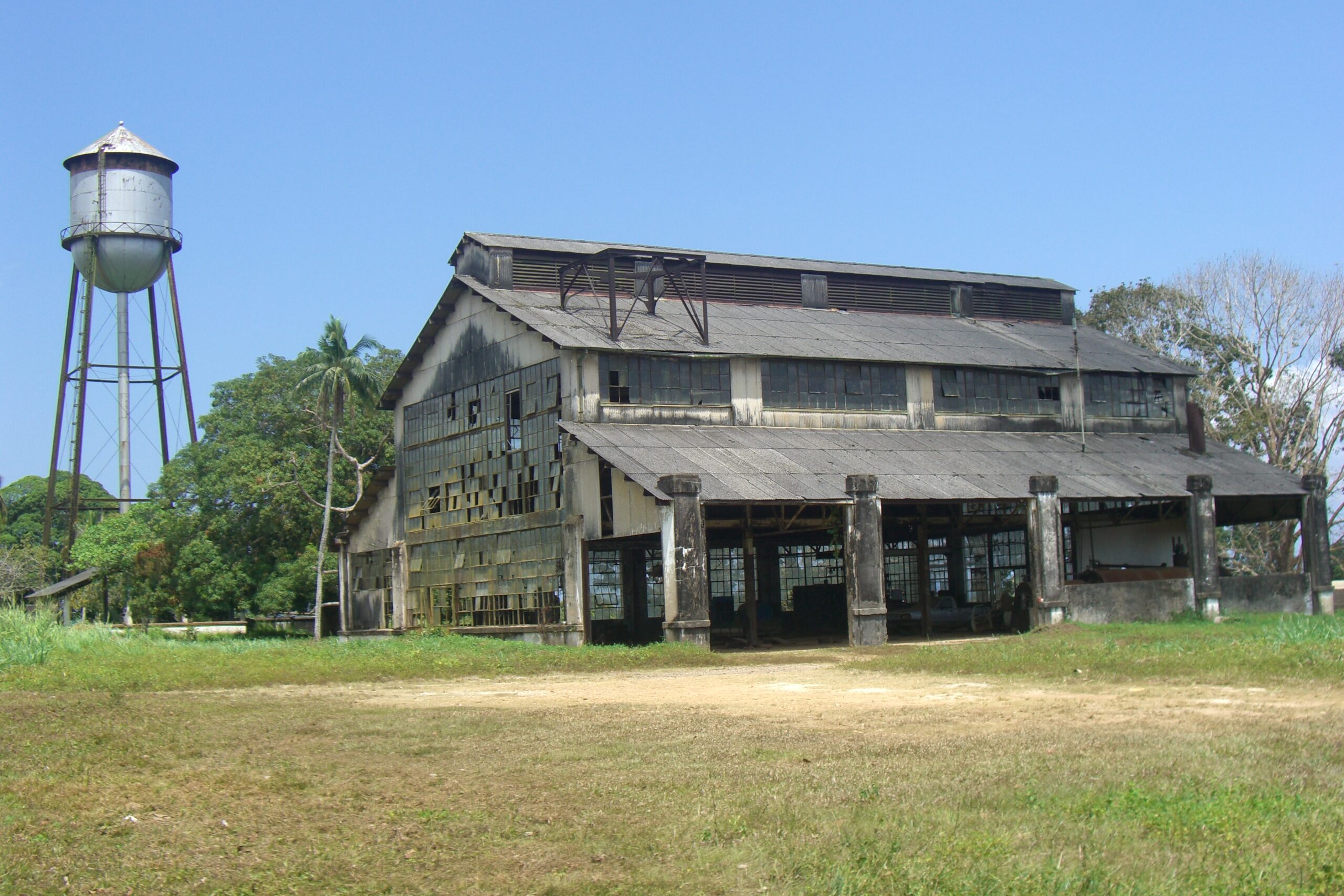
Henry Ford envisioned Fordlândia in 1928 as a utopian plantation town deep in Brazil’s Amazon to secure rubber for his cars. He imported buildings, machinery, and even American-style workers, but the project collapsed within six years. By 1934, his dream lay abandoned, leaving behind a water tower, sawmill, and furniture-filled “American Village”. Though nearly ghostly, the site saw a modest revival, by 2017, around 3,000 people lived in the area, repurposing some buildings as homes. The physical remnants, though decaying, stand as relics of one of the strangest and most ambitious industrial failures of the 20th century.
10. Bodie, California (USA)
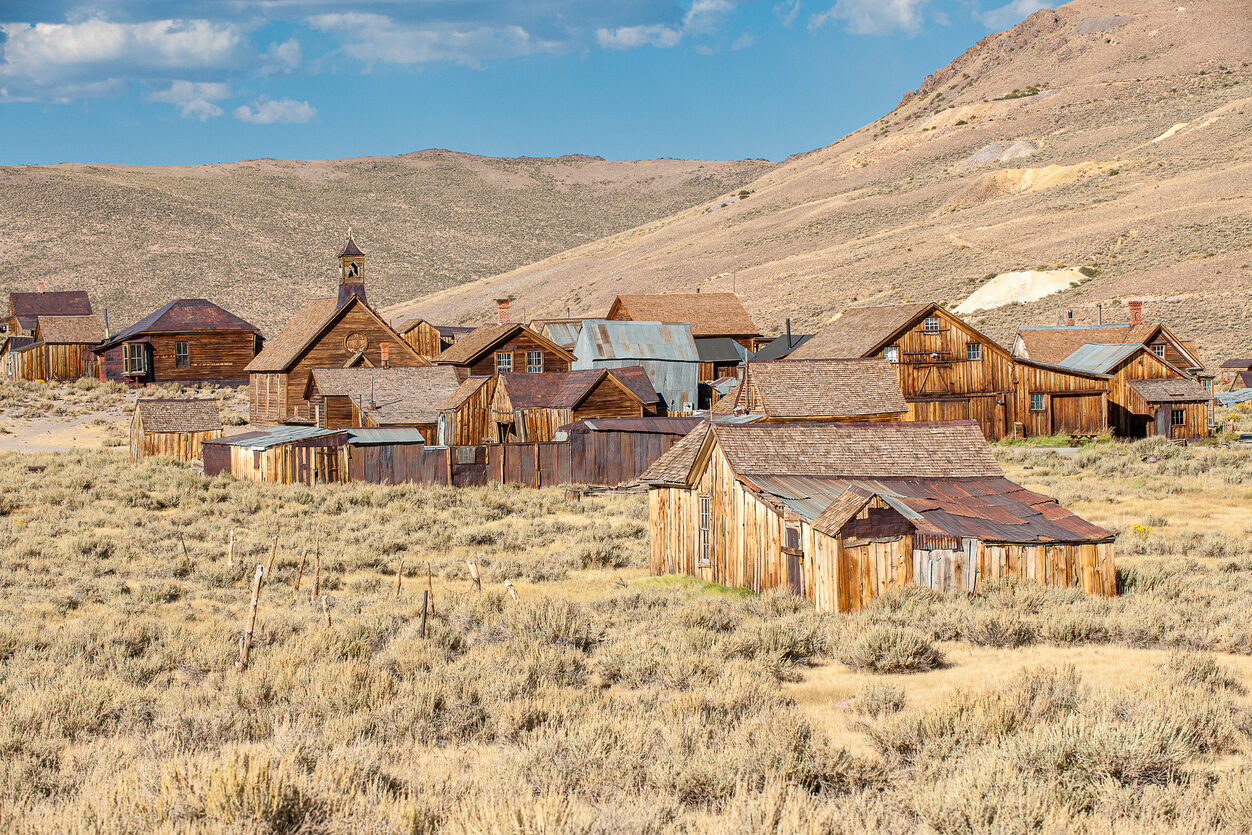
A classic Wild West boom-and-bust town, Bodie was born in 1859 from a gold strike. By the late 1870s, it had swelled to 6,000–10,000 residents, full of 65 saloons, opium dens, a Chinatown, newspapers, electricity, fires, and deadly daily violence, earning its infamy as one of California’s wildest towns. Mining waned in the 1880s, fires ravaged the business district in 1892 and 1932, and by 1940 it was nearly empty. Since 1962, it has been preserved as a State Historic Park in “arrested decay,” with about 100–200 buildings left standing, interiors intact, and a legend of a curse haunting thieves who remove artifacts.
11. Tombouctou Outskirts, Mali
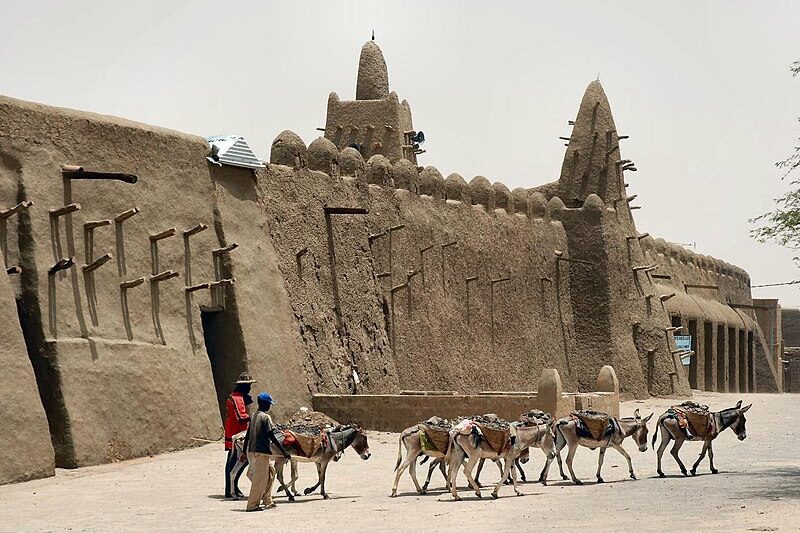
Stretching beyond the famed mud-brick mosques of Timbuktu, the settlements that once marked the city’s edge are now in retreat, slowly swallowed by shifting dunes and drying soil. Desertification, fueled by recurrent droughts, overgrazing, water diversion, and climate change, has relentlessly worn away the landscape, leaving water tables depleted and farms barren. What were once thriving gardens, vibrant with trees and produce, have vanished; now replaced by unending sand. In some cases, families dug deep pits to capture runoff from seasonal canals, cultivating vegetables like millet, tomatoes, and watermelon within fenced, sunken gardens, but these measures offer only temporary relief against encroaching sands. As water sources diminish and once-reliable channels fail, communities face tough choices: adapt, migrate, or be buried in dust.
This story 11 Ghost Towns the Desert Is Swallowing, And the Stories They Left Behind was first published on Daily FETCH


